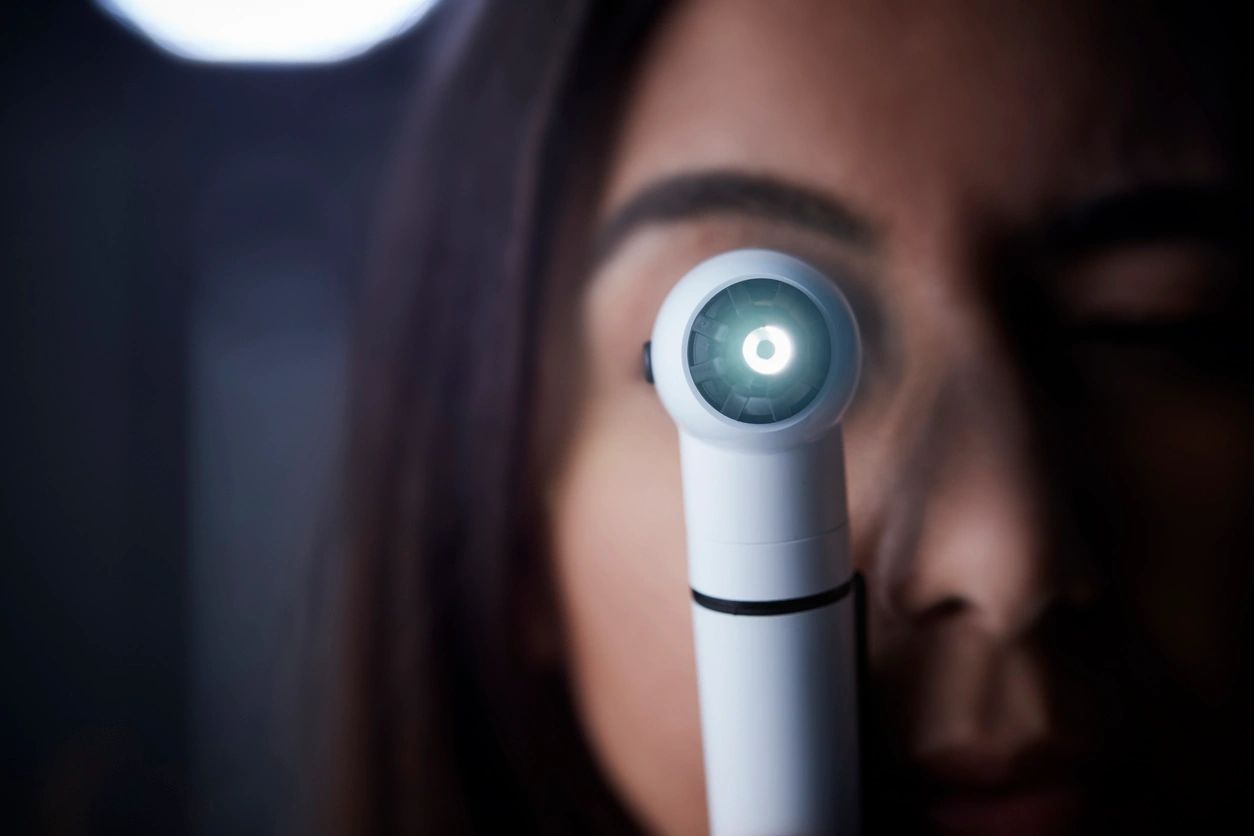
What is a Cataract, and Can It Be Medically Treated?
The eye lens is a transparent organ because it is composed of specially constructed lens fiber cells containing certain structural proteins and no blood vessels so that light passing through the lens is not scattered. Since the lens fibers and their structural proteins are unable to repair themselves, light scattering increases during aging or the presence of certain metabolic diseases and this results in increased light scattering. Eventually, light scattering increases to the point that the lens appears opaque — this is called a cataract.
Cataracts develop through various stages beginning with initial biochemical insult(s) that can be reversible if treated early enough. However, once certain damage to the lens proteins and the lens fibers have occurred, the process of cataract formation becomes irreversible. Lens clarity cannot be restored by medical treatment because there is no clinically known drug that can remove either the damaged lens proteins or lens fiber cells. At present, surgical removal of the damaged lens is the only way of restoring vision. However, if not all lens cells are removed during surgery some vision loss can again develop because the lens cells can development of posterior capsular opacities. This is especially common in young children and after veterinary surgery in dogs.
Cataracts account for most of the world blindness with 90% of patients with cataract-associated vision loss located in underdeveloped countries. The World Health Organization has earmarked anti-cataract agents as an area to be developed because it has been estimated that a 10-year delay in cataract formation could significantly reduce cataract blindness and the need for cataract surgery by 50%.
Studies indicate that once a factor specifically causing cataracts is identified, then a specific drug treatment of that factor can result in a delay or prevention of cataract formation. However, most cataracts are initiated by the cumulative effects of oxidative stress from the decrease of natural antioxidants that occur within the body during aging or by excess exposure to certain forms of light (for example ultra-violate light) or other forms of irradiation.
Sugar cataracts differ because they are initiated by the metabolic conversion of excess glucose to sorbitol in diabetes or galactose to galactitol in galactosemia that to catalyzed by the enzyme aldose reductase. However, oxidative stress is also subsequently generated by the osmotic induction of ER stress by the presence of either sorbitol or galactitol in the metabolically active lens epithelial cells. By inhibiting aldose reductase, both the osmotic changes in the lens and the subsequent oxidative stress can be prevented.
Therapeutic Vision, Inc (TVI) has developed a topical aldose reductase inhibitor Kinostat® that has been experimentally and clinically shown to prevent sugar cataract formation. Studies also suggest that the TVI-developed veterinary nutraceutical antioxidant formation that mimics chemical properties of its multifunctional properties redox modulators is beneficial in reducing age-related cataracts and dry eye formation in the companion animals.
Peter F. Kador received a PhD in Medicinal Chemistry from the Ohio State University and after a 25-year career at the National Institutes of Health retired as the Chief of the Laboratory of Ocular Therapeutics from the National Eye Institute. Prior to becoming Professor Emeritus, he served for 18 years as a professor at the College of Pharmacy and adjunct professor in the Departments of Ophthalmology, His work has been recognized with numerous national and international awards that include the Rhoto Cataract Research Award, Alcon Research Institute Award, Kinoshita Lectureship, Ernst H. Bárány Prize, UNMC Distinguished Scientist Award, Capital University Alumni Award, the Ohio State University College of Pharmacy Jack Beal Postbaccalaureate Alumni Achievement Award, and the Bundesverdienstkreuz (Federal Cross of Merit) from the German Government. He is a fellow of the American Association of Pharmaceutical Scientists, the Association for Research in Vision and Ophthalmology, Association of Ocular Pharmacology and Therapeutics, and an overseas fellow of the Royal Society of Medicine and a member of the American Health Council in Ophthalmology.
